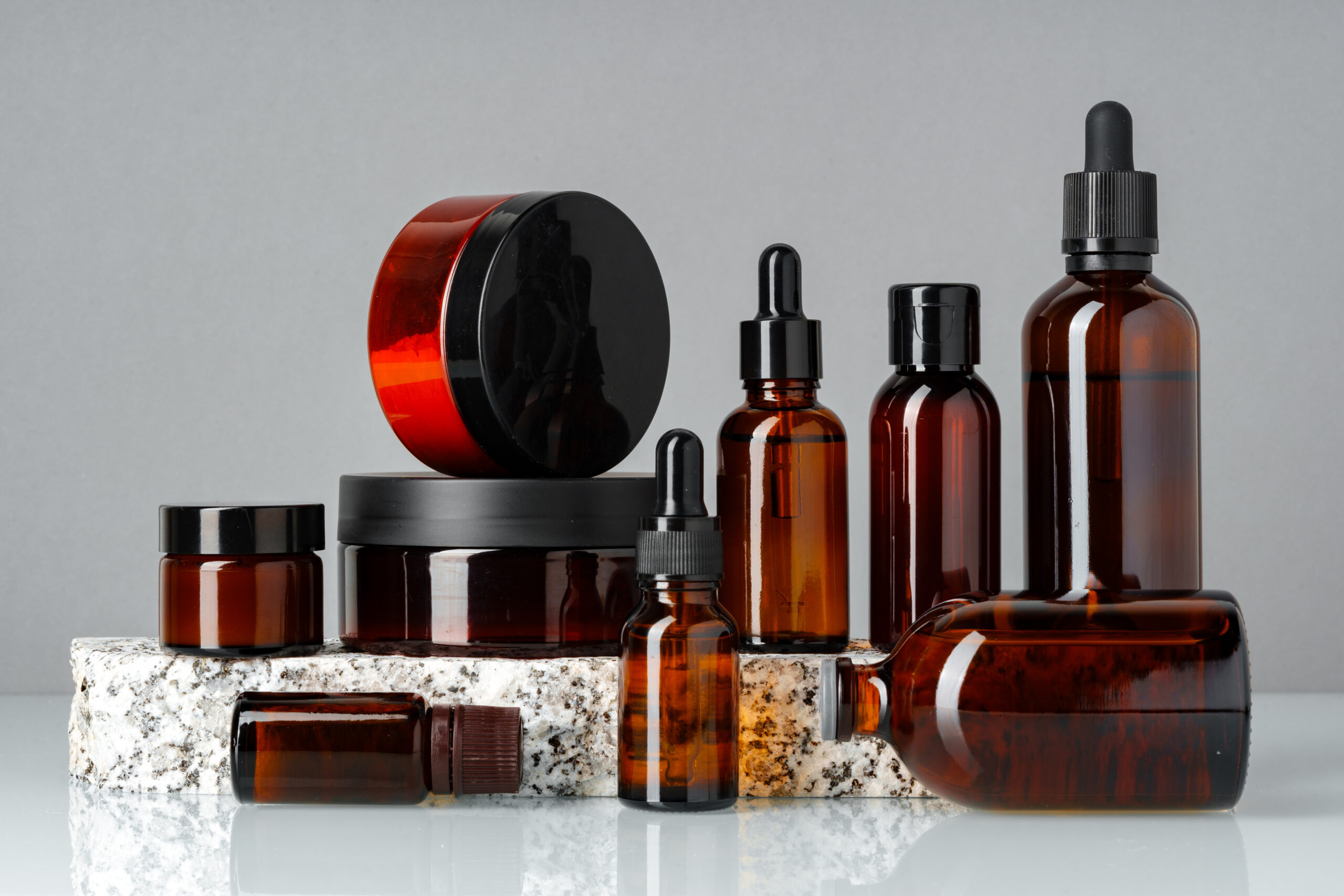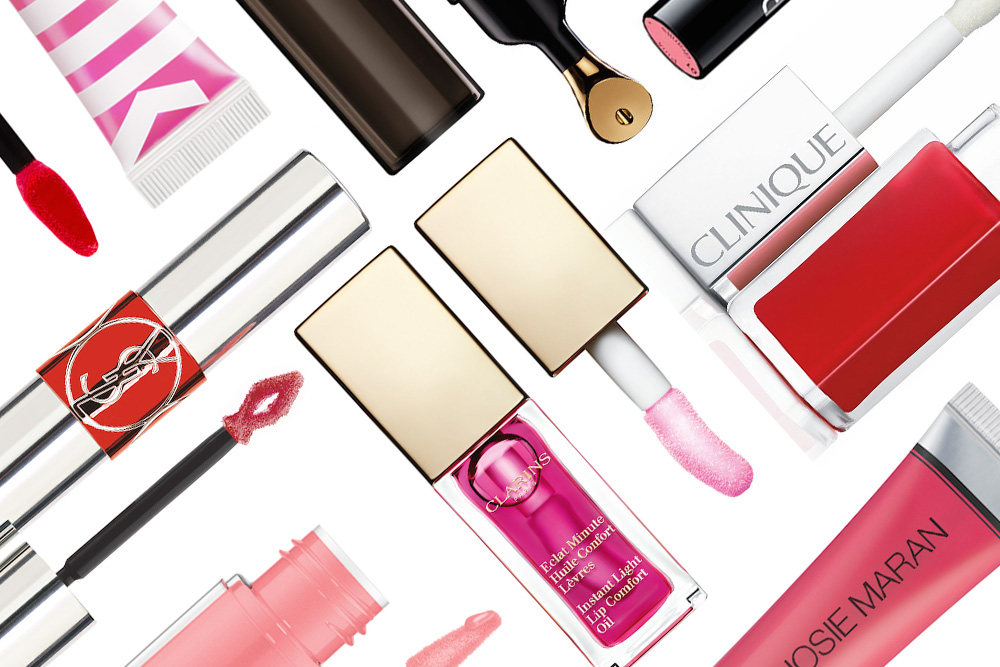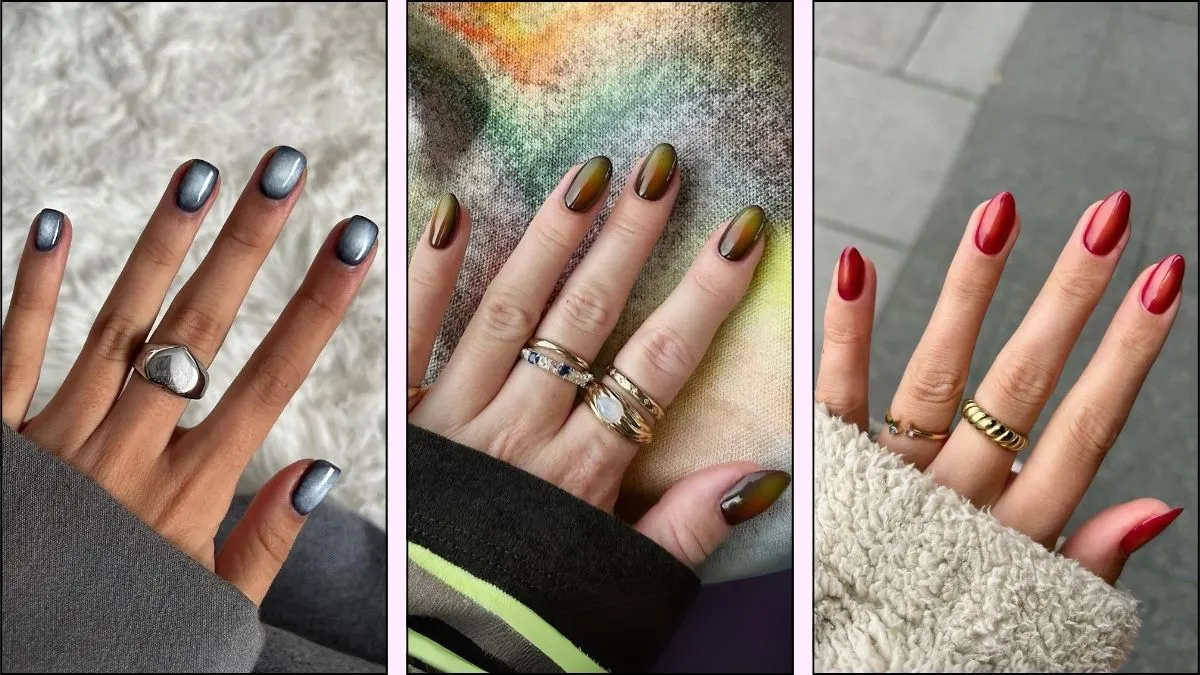In recent years, the skincare industry has seen an undeniable shift toward sustainable packaging. From eco-friendly materials to innovative recycling programs, brands are taking strides to address the environmental impact of their products.
The movement toward sustainability in skincare isn’t just a passing trend but a response to growing consumer demand for responsible, eco-conscious practices.
Here’s why sustainable packaging is becoming a pivotal element in the skincare industry.
1. Consumer Demand for Transparency and Responsibility
Consumers are more informed and empowered than ever. They’re increasingly aware of the impact their choices have on the environment, and they expect the brands they support to align with these values.
According to surveys, consumers—especially Millennials and Gen Z—prioritize sustainability and environmental responsibility in the brands they choose. For skincare companies, adopting sustainable packaging isn’t just about staying competitive; it’s about building trust with their audience.
Brands that show transparency in their environmental efforts can foster loyalty among eco-conscious consumers.
2. Reduction of Plastic Waste
The beauty industry has long relied on plastic packaging, contributing significantly to the global waste problem. With skincare products often involving multiple layers of packaging—think jars, boxes, and plastic wraps—single-use plastic has become a major environmental concern.
The shift toward sustainable packaging, like biodegradable materials, recycled plastics, or glass, helps reduce plastic waste. Many companies are now turning to minimalistic packaging designs, which use less material and avoid unnecessary add-ons, to decrease their overall plastic footprint.
3. Legislative and Industry Pressure
Governments and environmental organizations are imposing stricter regulations on plastic use and waste. In regions like the European Union, laws are increasingly focusing on reducing plastic waste and promoting recyclable materials. These policies are pushing brands to find alternative packaging solutions to remain compliant and avoid potential fines.
The skincare industry is also being held accountable by industry standards and certifications, like Cradle to Cradle or B Corp, which require brands to meet high environmental standards. Meeting these certifications adds credibility to a brand’s commitment to sustainability.
4. Brand Differentiation and Innovation
Sustainable packaging allows skincare brands to differentiate themselves in a saturated market. Consumers are more likely to remember and recommend brands that take tangible steps toward sustainability. This trend has encouraged innovation, with brands exploring packaging options like refillable containers, biodegradable jars, and zero-waste solutions.
These efforts aren’t just marketing strategies; they represent a significant shift in brand identity and core values. By embracing eco-friendly packaging, brands can set themselves apart as leaders in both skincare and environmental stewardship.
5. Lifecycle Sustainability and Circular Economy
A major goal in sustainable packaging is reducing the lifecycle impact of products. By adopting materials that can be reused or recycled, brands contribute to a circular economy. This concept involves designing products so that their materials can either biodegrade or be repurposed, minimizing waste and the need for new raw materials.
Refillable products, like those offered by brands such as L’Occitane and Kiehl’s, exemplify this model. This not only reduces waste but also enhances brand value by encouraging customers to return for refills.
6. Alignment with Ethical Skincare Movements
The alignment of sustainable packaging with values like vegan formulations and cruelty-free testing positions brands as holistic leaders in sustainability, attracting a broader demographic of mindful consumers.
Sustainable packaging often goes hand-in-hand with other ethical initiatives in the skincare industry, like cruelty-free testing and fair-trade sourcing. By addressing environmental concerns, brands can create an all-encompassing ethical approach that resonates with today’s consumers.
7. Long-term Cost Savings
While sustainable packaging can require higher upfront investment, it often brings long-term cost benefits. Materials like glass or certain biodegradable alternatives, although pricier initially, can reduce production and disposal costs over time.
Additionally, brands that adopt refillable packaging models may see higher customer retention rates and reduced production costs. For many companies, this shift becomes a sustainable financial strategy as well as an environmental one.
Challenges and Future Outlook
Though sustainable packaging is becoming more prevalent, it does come with challenges. The availability and cost of sustainable materials, for instance, can be barriers for smaller brands. Additionally, the production and disposal processes for some “green” materials, like bioplastics, still require optimization to become genuinely sustainable. Nevertheless, as technology and demand for sustainable materials grow, more solutions will become accessible.
Final Thoughts
Sustainable packaging is becoming more than just a trend in the skincare industry—it’s a new standard driven by consumer expectations, environmental regulations, and a collective responsibility to reduce waste. Brands that embrace this change not only appeal to eco-conscious consumers but also contribute to a healthier planet. As we move forward, sustainable packaging will likely become a defining feature of the industry, reshaping the way consumers and brands approach skincare.










